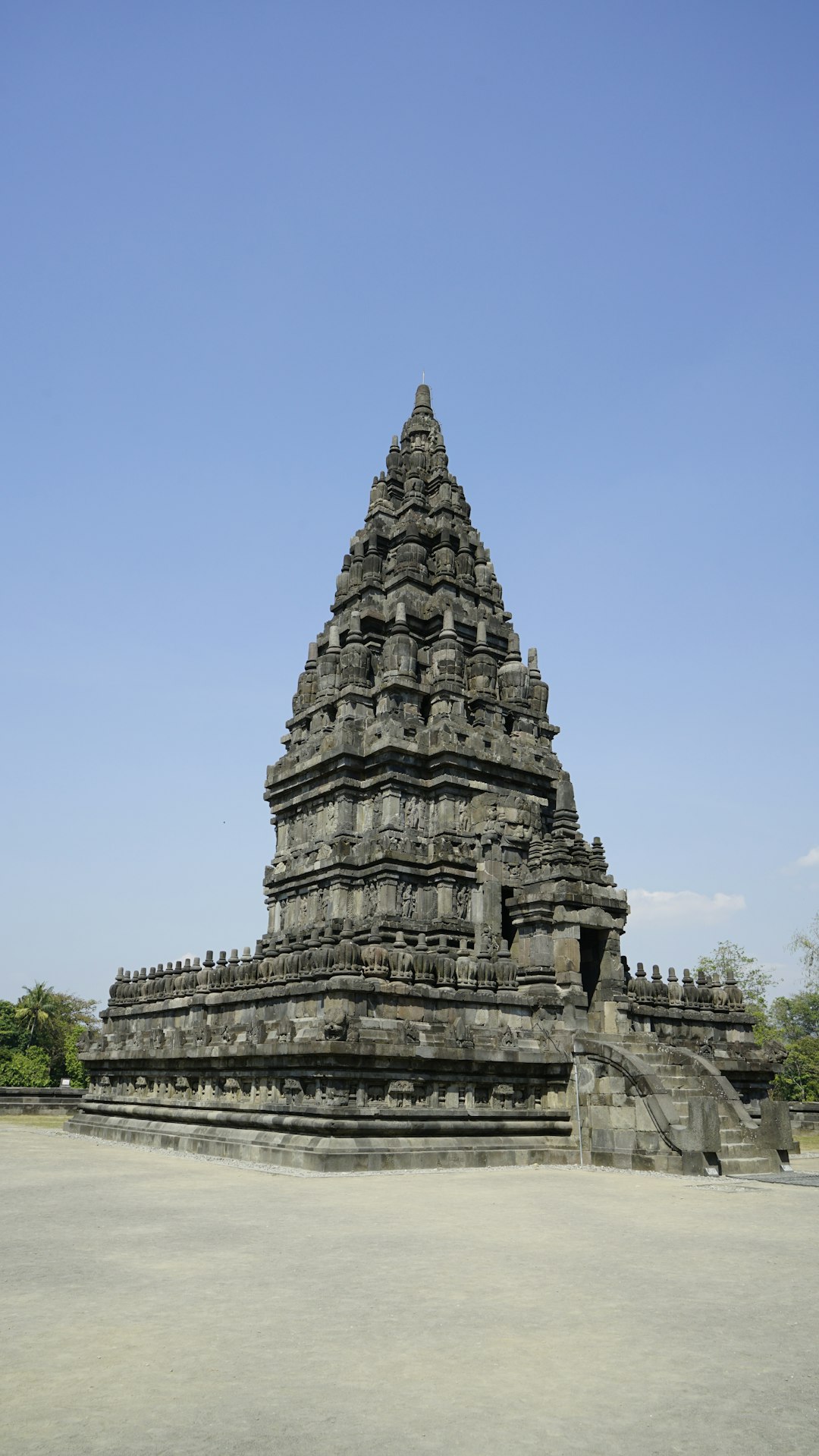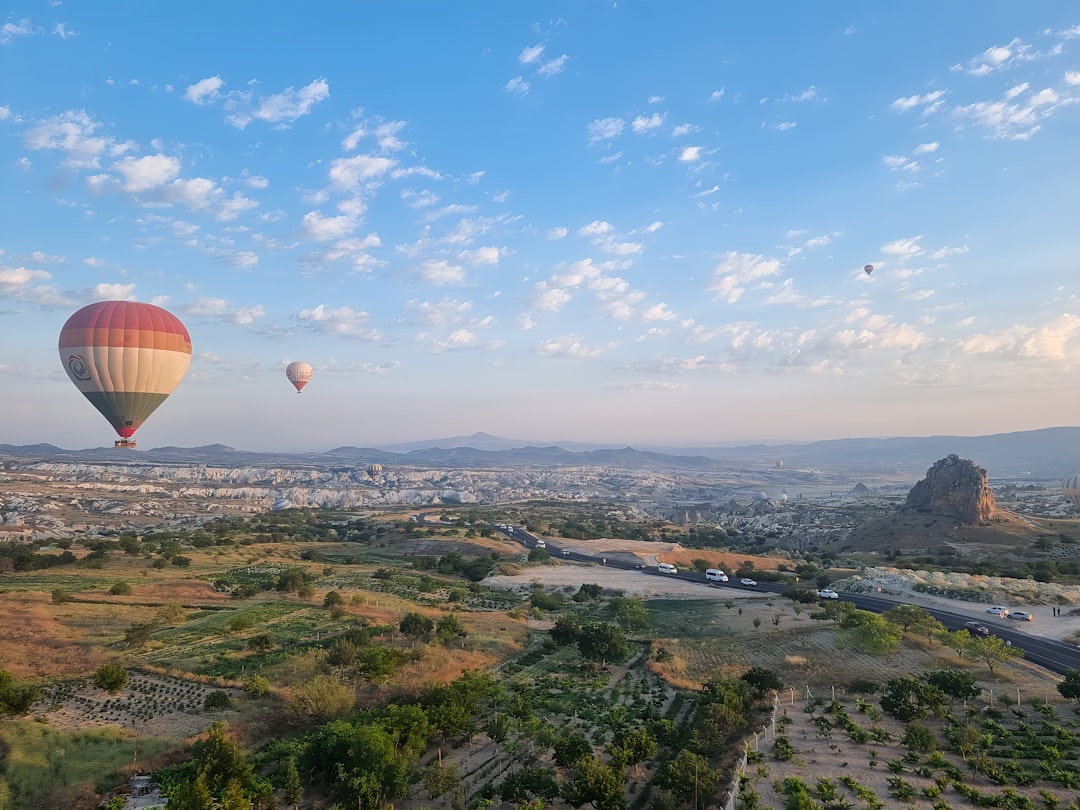
Exploring Monuments Recognized as UNESCO World Heritage Sites.
# Introduction. UNESCO World Heritage Sites represent not only stunning architectural feats but also valuable cultural legacies that have shaped our world. Since the program's inception in 1972, hundreds of sites across the globe have been recognized for their universal value, thus drawing millions of travelers eager to experience their beauty and significance. This post delves into some of these remarkable monuments, sharing insights on their history, unique features, and travel tips for those who wish to explore them. # The Great Wall of China: A Timeless Symbol of Strength. Stretching over 13,000 miles, the Great Wall of China is an awe-inspiring engineering marvel. It was built over several dynasties, primarily to protect Chinese states from invasions. The wall is not merely a structure but a collection of fortifications, watchtowers, and beacon towers that tell tales of ancient challenges. Travelers can explore various segments of the wall, from the well-restored areas near Beijing like Badaling to the more rugged and remote sections like Simatai. When planning a visit, consider the time of year; spring and autumn offer mild weather and fewer crowds. Wear comfortable shoes as you may encounter steep and uneven terrain, and bring a camera to capture breathtaking views, especially during sunrise or sunset. # The Pyramids of Giza: A Testament to Ancient Engineering. The Great Pyramids of Giza are the last of the Seven Wonders of the Ancient World still in existence. This monumental site consists of three main pyramids, with the Great Pyramid of Khufu being the largest and the oldest. Built as tombs for pharaohs, these structures are not just architectural expressions but also symbols of ancient Egyptian civilization, reflecting the engineering prowess of their time. When visiting the Pyramids, aim to arrive early in the morning, as this allows you to experience the site in tranquility before the crowds arrive. Consider hiring a knowledgeable local guide who can provide insight into the historical context and significance of the Pyramids. Don’t forget to explore the nearby Sphinx, which adds to the mystery of the site. # Machu Picchu: An Incan Citadel in the Clouds. Machu Picchu, perched high in the Andes Mountains of Peru, is often referred to as the 'Lost City of the Incas.' Built in the 15th century, this UNESCO site offers more than just stunning panoramic views of lush valleys; it showcases remarkable Incan architecture, complete with agricultural terraces and intricate stone structures that have withstood time and nature. Accessing Machu Picchu requires careful planning, as visitors can choose to hike the Inca Trail or take the train from Cusco to Aguas Calientes. If hiking, ensure you book permits months in advance. For a unique experience, consider timing your visit around sunrise when the fog lifts, revealing the citadel in all its glory. # The Colosseum: Echoes of Ancient Rome. The Colosseum, one of the most recognizable landmarks in the world, is a testament to Roman engineering and a symbol of the empire's grandeur. Built in AD 80, this massive amphitheater was used for public spectacles, including gladiatorial contests and dramatic performances. When visiting the Colosseum, it's advisable to book tickets online beforehand to avoid long queues. Consider exploring a guided tour, which offers insight into its history and architectural significance. While you're in Rome, don't miss the Roman Forum and Palatine Hill, as they contribute to understanding the grandeur of ancient Roman society. # Conclusion. Visiting UNESCO World Heritage Sites is an enriching experience that connects travelers to the past, showcasing humanity's achievements in art, architecture, and culture. Each site offers a unique glimpse into the history and traditions of different civilizations, making them must-visit destinations for travelers. Whether you're wandering along the Great Wall, exploring the architectural wonder of the Pyramids, gazing at the breathtaking views from Machu Picchu, or stepping back in time at the Colosseum, these monuments will leave a lasting impression and a deeper appreciation for the world we inhabit. # Images Search Tags. UNESCO World Heritage Sites architecture landmarks travel. .








